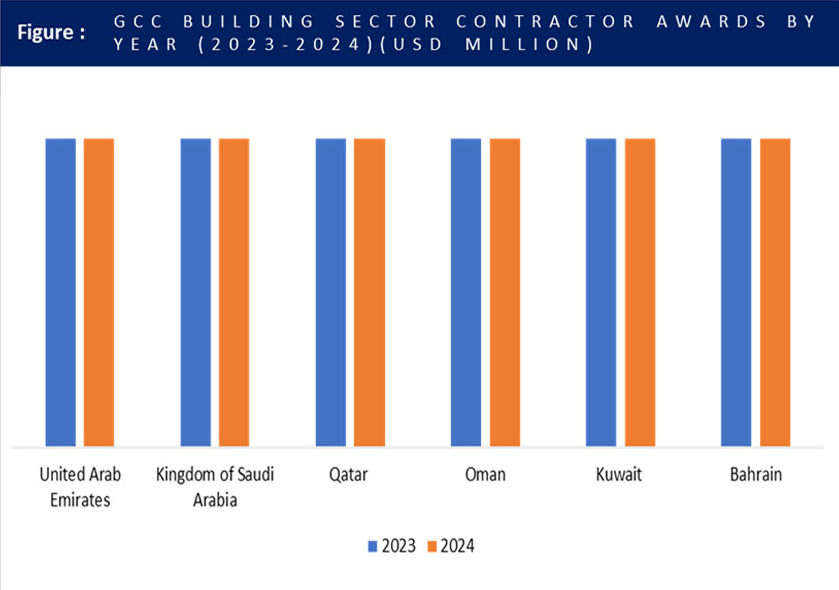 REQUEST A FREE DEMO
REQUEST A FREE DEMO

The aluminium industry in the GCC region is poised for significant growth and this comprehensive 74-page GCC Aluminium report looks into the key factors propelling market expansion. Explore the economic environment of the GCC region and its impact on aluminium demand. Gain a deep understanding of the entire aluminium value chain, identify opportunities at each stage, discover technologies transforming the industry, and construe how strategic developments like partnerships and expansions are shaping the competitive landscape.
The report offers a detailed analysis of major players operating in the GCC aluminium market, including their product offerings and aluminium production capacities. The report further includes data empowering you to make informed decisions by providing insights on the export-import trade values of aluminium, Porter’s 5 Forces, PESTLE analysis, construction sector data on project values, companies awarding contracts, and the top contractors in the region.

The report offers a detailed analysis of major players operating in the GCC aluminium market, including their product offerings and aluminium production capacities. The report further includes data empowering you to make informed decisions by providing insights on the export-import trade values of aluminium, Porter’s 5 Forces, PESTLE analysis, construction sector data on project values, companies awarding contracts, and the top contractors in the region.
The GCC’s strategic diversification away from being an oil-dependent economy has spurred a construction sector boom, making it a critical pillar of the region’s economy as evidenced by the staggering USD 140.57 billion awarded in construction contracts between 2023 and 2024.
Aluminium, due to its characteristics such as being lightweight, highly-durable, and resistant to corrosion makes it the perfect material for modern architecture and high-rise construction projects that dominate the GCC landscape.

Note: The actual values will be disclosed in the final report.

The aluminium industry is undergoing a transformative shift, driven by technological advancements and a commitment to sustainability. Decarbonization is at the forefront, with companies exploring innovative methods to reduce their environmental footprint. Examples include the use of green hydrogen and renewable energy sources to generate electricity that power production facilities and exploring technologies that release oxygen instead of harmful greenhouse gases during the aluminium production process.
Recycling also plays a crucial role in driving sustainability as recycled aluminium requires significantly less energy compared to manufacturing primary aluminium, making it a more eco-friendly choice. Advancements in recycle engineering are further propelling this trend. Optical systems, sensors, and AI-powered sorting technologies ensure that only pure material is used in the recycling process, leading to high-quality aluminium production from scrap.
| 1 | GCC Market Overview |
|---|---|
| 2 | GCC Aluminium Market Opportunity |
| 3 | GCC Economic Landscape |
| 4 | Value Chain Analysis |
| 5 | Technology Adoption |
| 6 | Strategic Developments |
| 7 | Porter’s 5 Forces |
| 8 | PESTLE Analysis |
| 9 | GCC Construction Building Sector Projects Value, 2023 |
| 10 | Companies that announced building projects in 2023 |
| 11 | Companies that awarded building projects to contractors in 2023 |
| 12 | Top building projects awarded to contractors in 2023 |
| 13 | Top building projects expected to be awarded to contractors in 2024 |
| 14 | Top contractors that bagged building projects in 2023 |